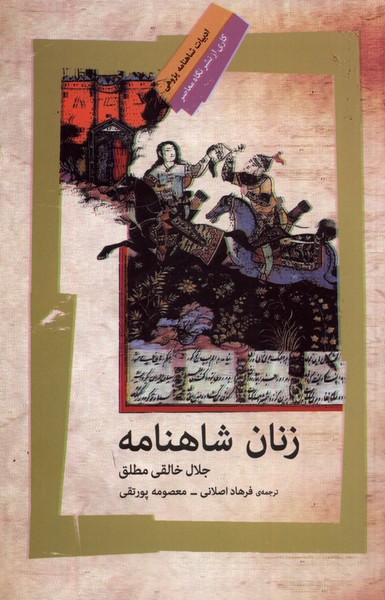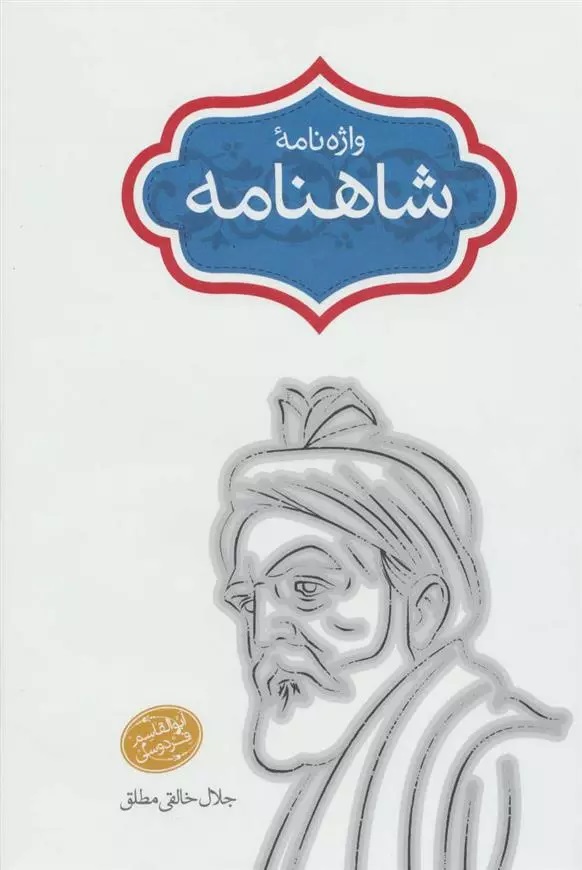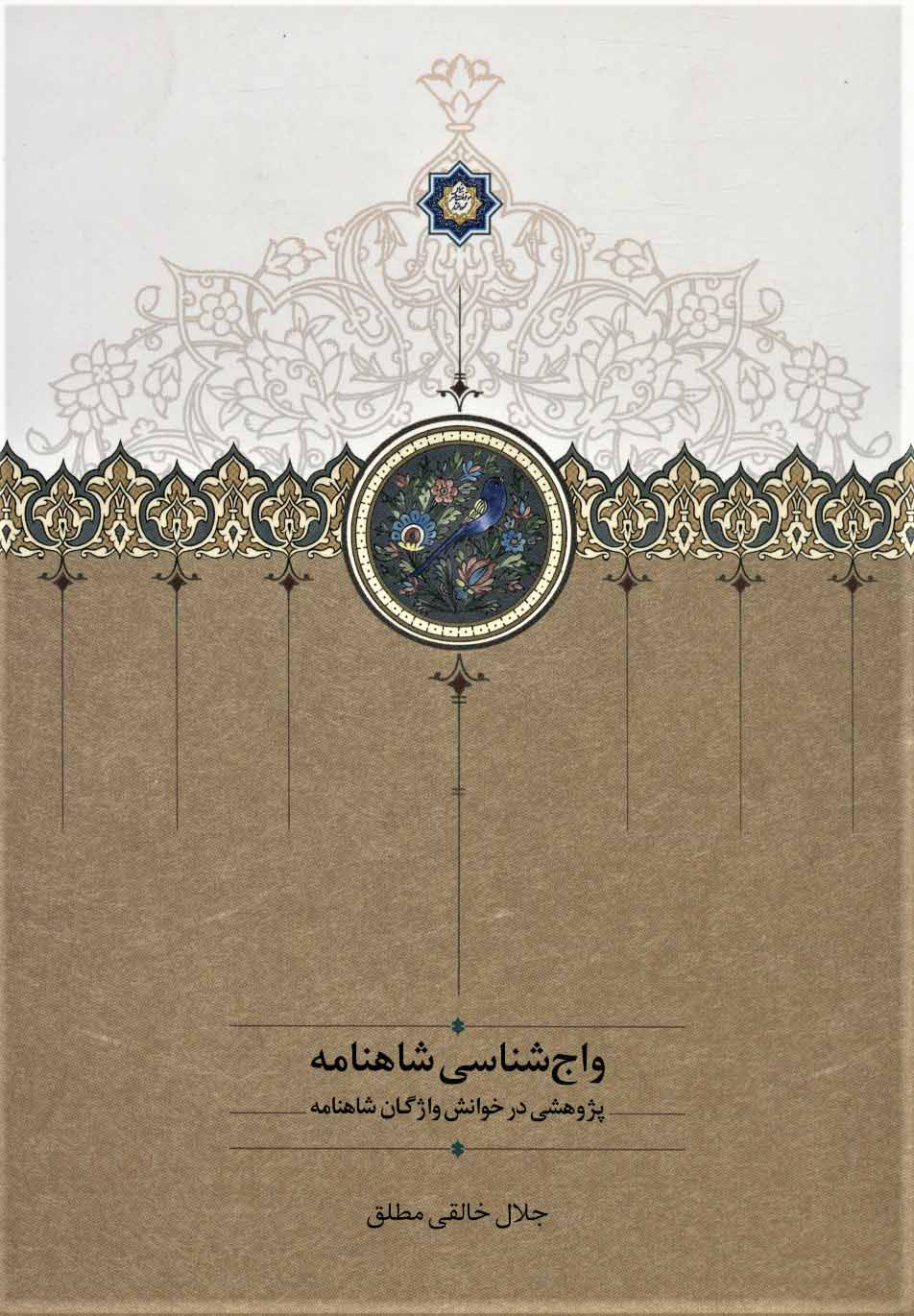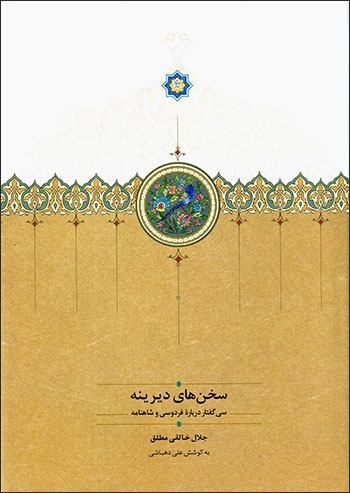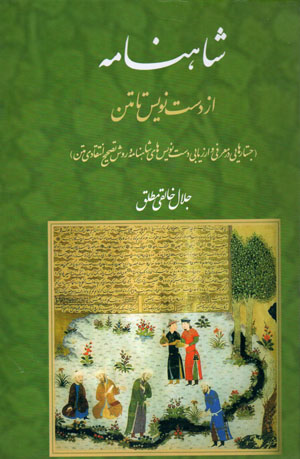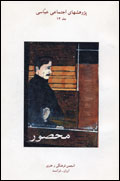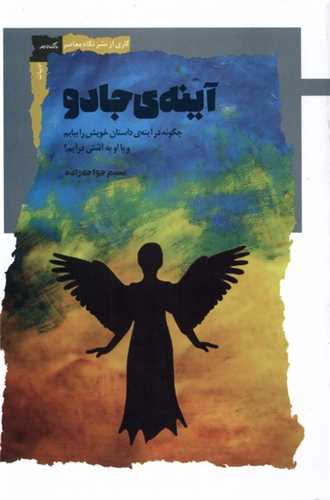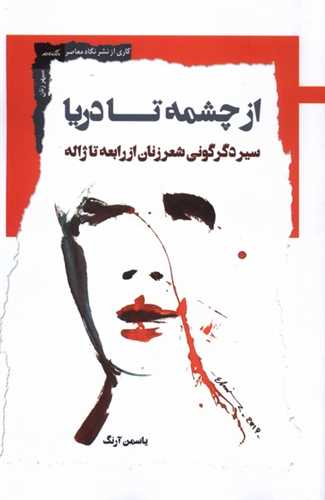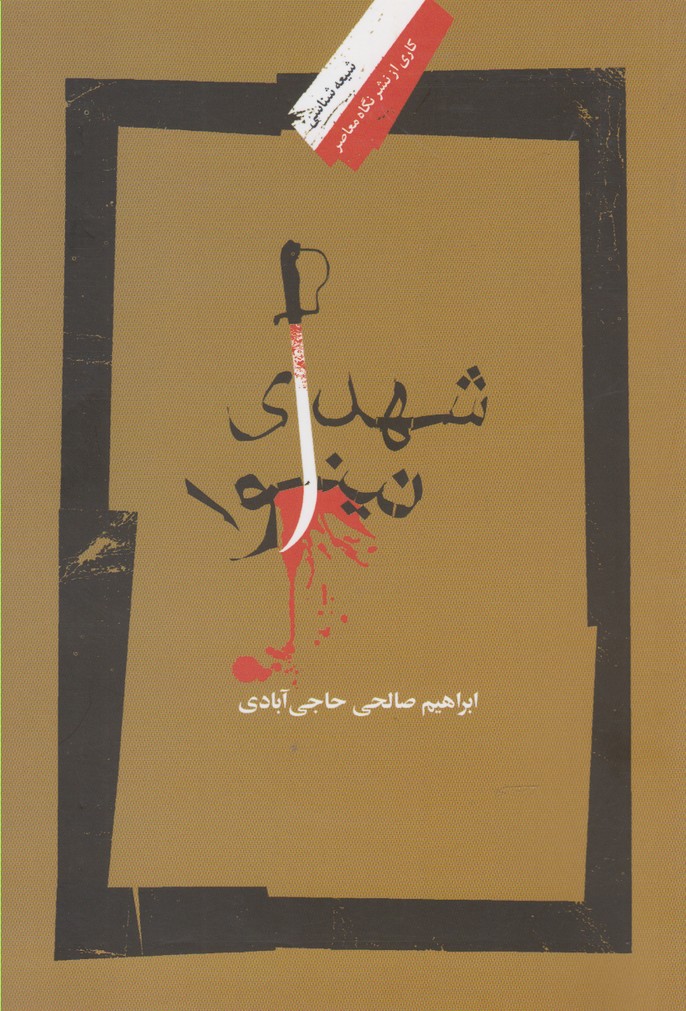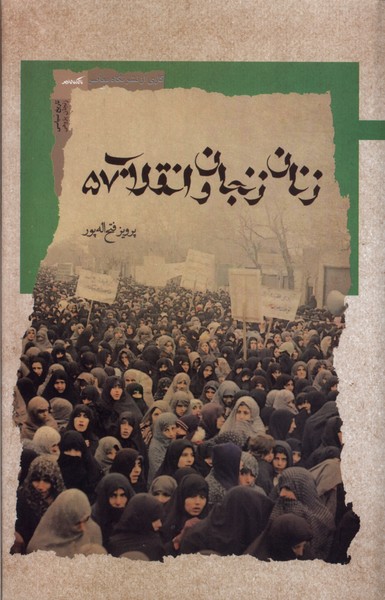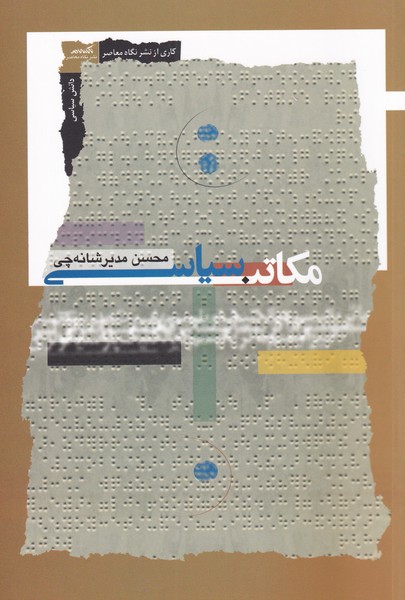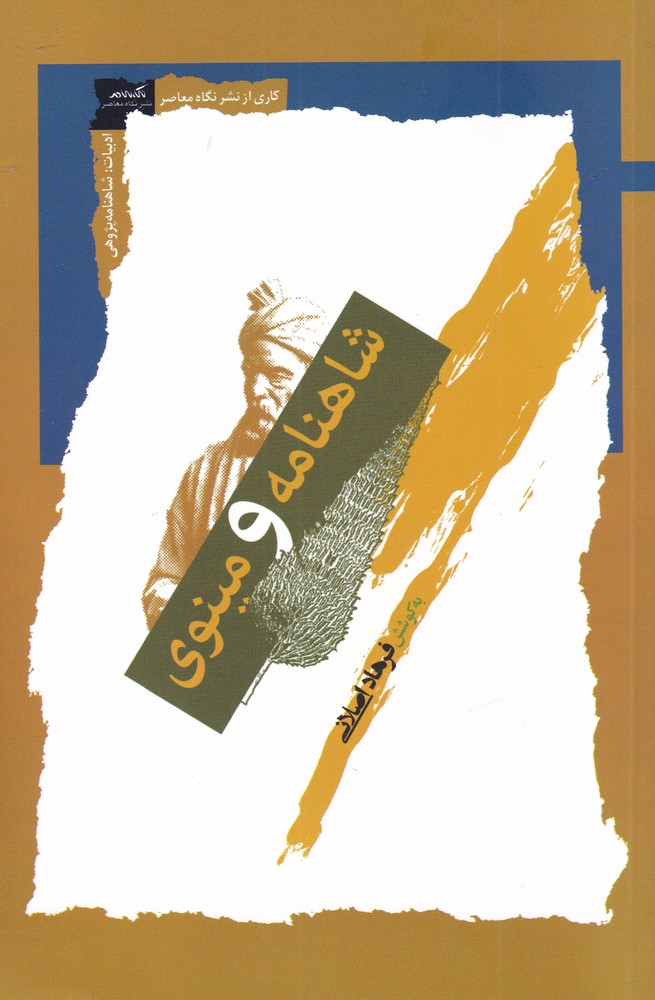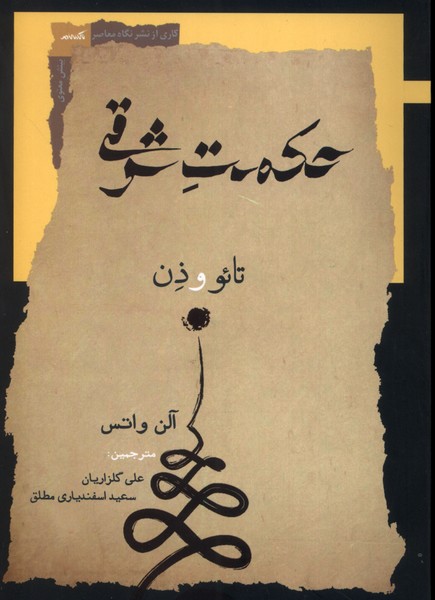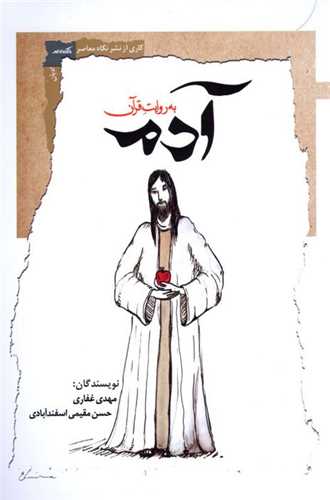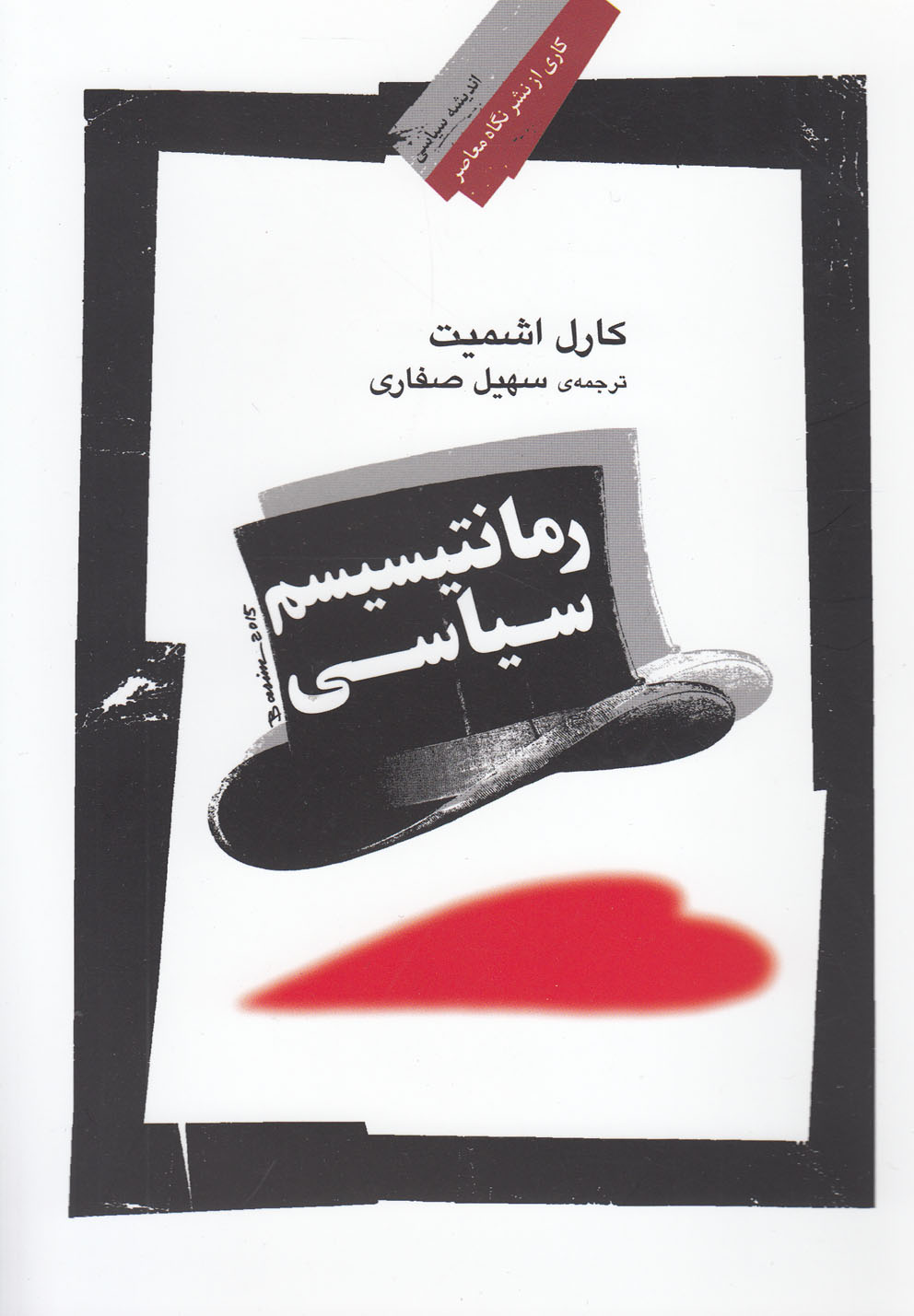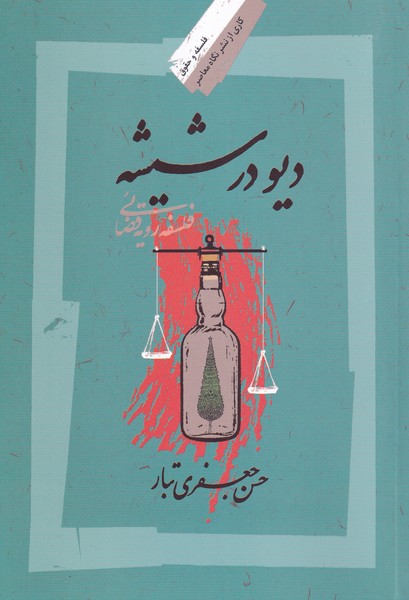زنان شاهنامه فارسی 1402
Zanān-i Shāhnāmah
16٫59 £
اشتراکگذاری
Wishlist
عنوان اصلی:
Die Frauen im Schahname
شابک:
9786226189743
مترجم:
Farhād Aṣlānī
,
Ma'ṣūmah Pūrtaqī
ناشر:
Nigah-i Mu'asir
گروه سنی:
بزرگسال
صفحات:
266
وزن:
310 g
ابعاد:
14 x 21 x 2٫4 cm
جلد کتاب:
شومیز
The German text of "Die Frauen im Schahname," translated as "Women in the Shahnameh," was written by Professor Djalal Khaleghi Motlagh as his Ph.D. dissertation at the University of Köln in 1971. The original text was published in 1971 by Klaus Schwarz Verlag, Freiburg as No. 12 in the series, Islamkundliche Untersuchungen. The book has been translated from German to English by Dr. Brigitte Neuenschwander, a UCLA graduate in German literature, and edited by Dr. Nahid Pirnazar, a UCLA graduate and current lecturer of Iranian studies at UCLA. Additional updates and commentaries contributed by Professor Khaleghi in Persian have been translated and inserted by the editor. The Content of "Women in the Shahnameh" is divided into three main an introduction, Part A, and Part B.
In the introduction, the author seeks to clarify the role of the female gender within the heavenly mythology of Iran to determine if if so, to what extent it is represented within the Shahnameh. The introduction ends with the story of the creation of man and woman, which the author connects to the story of the first women in the Shahnameh.
Part A summarizes the stories of the most important women of the Shahnameh, comparing them to others from ancient to medieval sources insofar as they were known and accessible to the author at the time of writing. At the end of each paragraph, the author outlines the characteristic traits of each individual. Given the high number of female characters in the Shahnameh, Khaleghi considers all women from the mythical part, but only the most important ones from the historical part, which he then divides into women of the nobility and those belonging to the common people.
Part B examines the positions of the women in the Shahnameh, taking into consideration other ancient and medieval sources. Khaleghi outlines the role, importance, and fate of each female character in the various periods of their lives, e.g. as a girl, wife, and mother, both within the family framework and society as a whole. Since the Shahnameh is not a book on family law, Khaleghi has taken into account other sources to fill gaps that would otherwise have existed. Most of the sources used in this analysis the classical ones as well as the Arabic and Iranian ones are so well known that a more detailed description is unnecessary.
more
متن آلمانی «زنان در شاهنامه» رساله دکتری خالقی مطلق در دانشگاه کلن در سال 1970 است که ترجمه انگلیسی آن در سال 2012 توسط انتشارات مزدا در کالیفرنیا منتشر شد.
نگارنده بر آن بوده در مقدمه نقش جنس مونث در اسطوره شناسی ایران را مشخص کند تا روشن شود که این موضوع در شاهنامه نمود داشته و اگر چنین است تا چه حد بوده است. مقدمه با داستان آفرینش مرد و زن پایان می یابد و مولف در آنجا آن را به داستان نخستین زن در شاهنامه مرتبط می سازد.
نگارنده در بخش نخست چکیده ای موجز از داستان های مهمترین زنان شاهنامه را ارائه می کند و آنها را با دیگر منابع پیش از اسلام و عهد اسلامی تا آنجا که بر مولف شناخته شده و قابل دستیابی بودند، می سنجد. نگارنده کوشیده است در پایان هر بند ویژگی های شخصیتی آنها را به اجمال بازگو کند. از آنجا که شخصیت های زنان در شاهنامه فراوان هستند و پرداختن به همه آنها امری ملال آور است، لذا نگارنده تمام زنان اسطوره ای و البته مهمترین زنان بخش تاریخی شاهنامه را منظور داشته و آنها را بنا بر طبقه اجتماعی شان خواه اشراف و خواه زنان عامه تقسیم بندی نموده است.
بخش دوم به بررسی جایگاه زنان در شاهنامه می پردازد و همواره منابع اسلامی و پیش از اسلام را مورد توجه قرار داده است. نگارنده به اجمال نقش، اهمیت و سرنوشت هر یک از شخصیت های زنان در ادوار مختلف زندگی شان را مانند دوران کودکی، همسری و مادر بودن در قالب خانواده و همچنین جامعه، به طور کلی توصیف می کند. از آنجا که شاهنامه کتابی در باب حقوق خانواده نیست لذا نگارنده برای پر کردن خلأ موجود از منابع دیگر سود جسته است. بنابراین شاهنامه در این زمینه از تحقیق حاضر منبعی جانبی به شمار می رود. اما این امر روشن می سازد که موضوعات فرهنگی پیش از اسلام کمابیش به طور کامل در شاهنامه مطرح شده اند... د.
فردیت زنان در شاهنامه و مقام اجتماعی آنها در اثر سترگ فردوسی موضوعی است که در دو فصل مورد بررسی قرار گرفته است.
more

